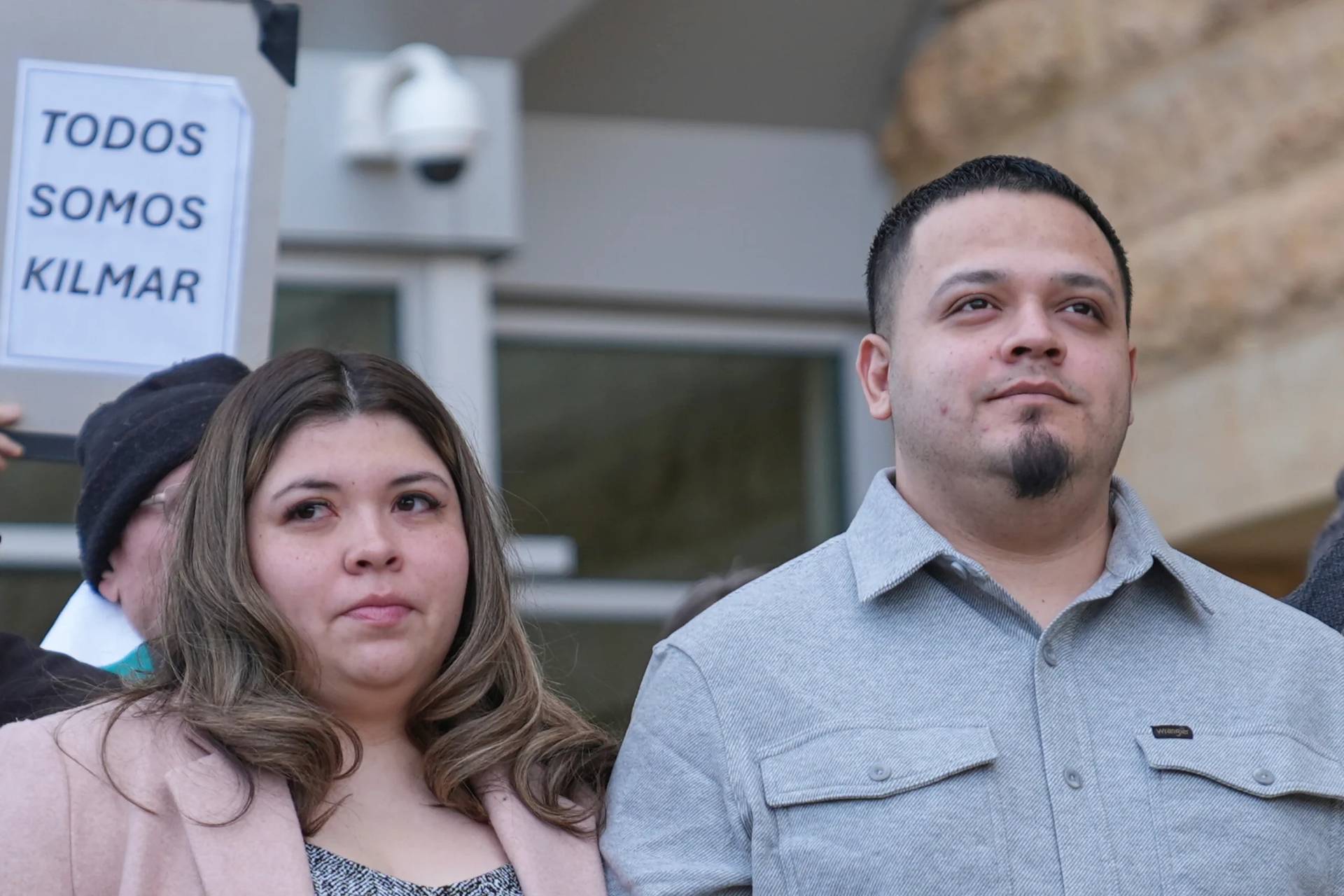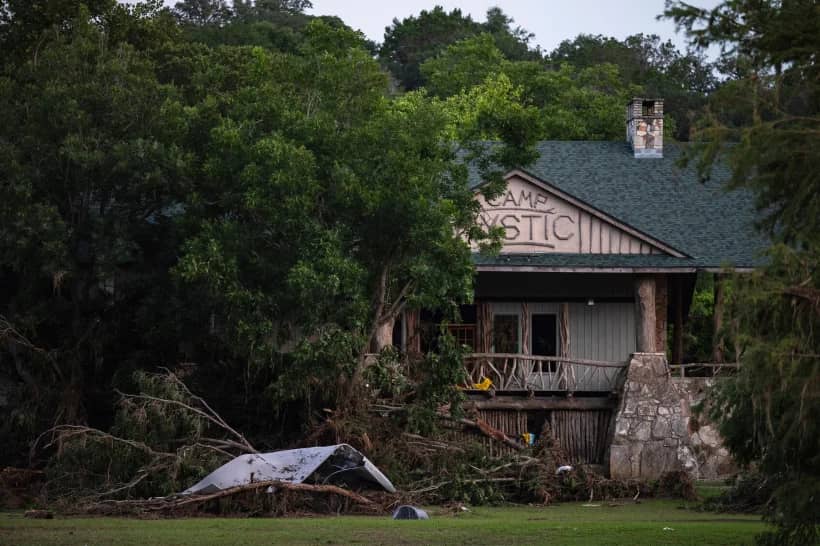NEW YORK — The 12 Catholic schools in the small Diocese of Greensburg, Pennsylvania, have bucked a nationwide trend. They’re enrollment has increased this school year at a time when the vast majority of dioceses are headed in the other direction.
New data from the National Catholic Educational Association yesterday shows that Catholic schools had an enrollment drop of 6.4 percent for the 2020-21 school year compared to last year – the highest since 1970. The Diocese of Greensburg is one of ten out of 174 Catholic school dioceses that enrollment improved by at least one percent.
A dedication to marketing the schools – through digital and print advertisements, brochures, media coverage and even yard signs – was integral to its success. In-person learning and $4.1 million from donors for tuition assistance also drew new families, retained existing families and kept the schools afloat.
Kathy Mears, interim president of the NCEA, said permanent school closures were a big factor in the enrollment decrease in many dioceses.
“Some of our schools were financially vulnerable and then when the pandemic hit parents lost jobs, parents were furloughed. They didn’t have the income to pay tuition,” Mears told Crux. “It’s proven out in the numbers because the schools that were most impacted by this were schools that were in the economic areas that were struggling.”
The NCEA data shows 209 Catholic schools closed at the end of the 2019-2020 school year. In a November conversation with Crux, Mears said there are at least 147 Catholic schools that will close at the end of this school year. Earlier this month, the Archdiocese of Chicago announced it will close four at the end of the school year.
The Diocese of Brooklyn closed seven schools at the end of last school year that contributed to the 9.3 percent enrollment drop shown in the NCEA data. That was more than 3,000 students for the tenth largest diocese in enrollment last school year.
That said, Ted Havelka, the Diocese of Brooklyn director of enrollment management and financial assistance, noted that enrollment in operating K-8 schools is down about one percent.
“Except for certain COVID-related shutdowns, certain regulatory required shutdowns, most of our schools have stayed open straight through. The big picture is we opened on time and stayed open throughout the school year and did it safely,” Havelka said.
Of that one percent drop, he said the biggest decrease is from preschool and nursery – the three- and four-year-olds – because parents chose to keep them home or didn’t have the need.
There was a similar trend in the Archdioceses of Chicago and Los Angeles – the two largest archdioceses in enrollment last year.
Archdiocese of Chicago superintendent of Catholic schools Jim Rigg told Crux their preschool enrollment is down 37 percent for the same reasons. He also noted the bigger picture is that the pandemic has exacerbated a more than two-decade enrollment decline across all grades that roughly mirrors the general exodus from the windy city.
“We’re in an area where the overall population is declining,” Riggs said. “The population is aging, and we have by and large people leaving the city of Chicago and moving to suburban areas as well as southeastern and southwestern United States.”
Overall, this school year the Archdiocese of Chicago’s enrollment is down 8.2 percent, or 5,698 students, according the NCEA data.
The Archdiocese of Los Angeles meanwhile is down more than 9,000 students, good for 12.3 percent of its enrollment, the data shows. Smith said in addition to a large preschool drop, they were at a disadvantage because they couldn’t have in-person learning.
Looking ahead, the dioceses themselves recognize the need to build on the momentum from in-person learning, market the advantages of a Catholic education.
Havelka acknowledges there’s challenges without in-person promotions, but the schools have adapted those services to a digital format with Zoom information nights for parents to meet with school officials, online applications and social media.
“Things that were easy to do in person are not as easy, especially in the first stages so you have to become really good at meeting and greeting people online,” Havelka said.
Mears said along with a marketing boost, Catholic schools need to offer more tuition assistance to families. She said now that everything’s being disrupted from the pandemic, it’s the perfect time to assess the governance structures and financial models of Catholic schools.
“I think we need to take this moment to analyze what we’re doing, use this data to help us inform our decisions, and then we need to decide, ‘do we need to make significant changes in order to better serve students across the country?” Mears asked.
Follow John Lavenburg on Twitter: @johnlavenburg















